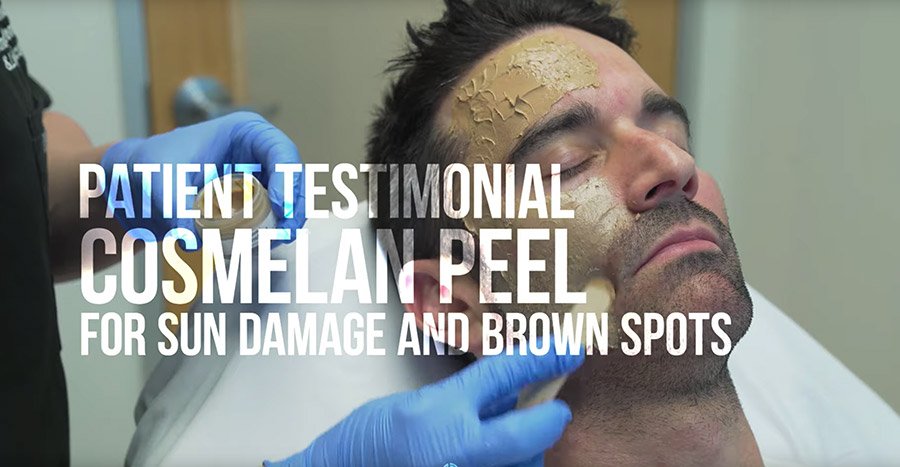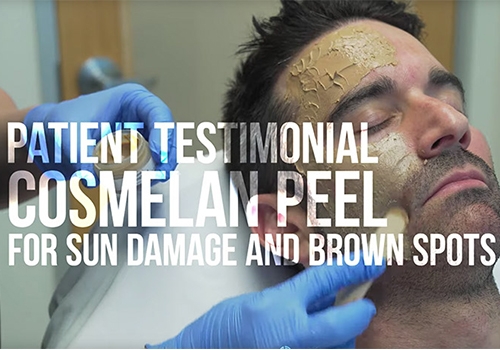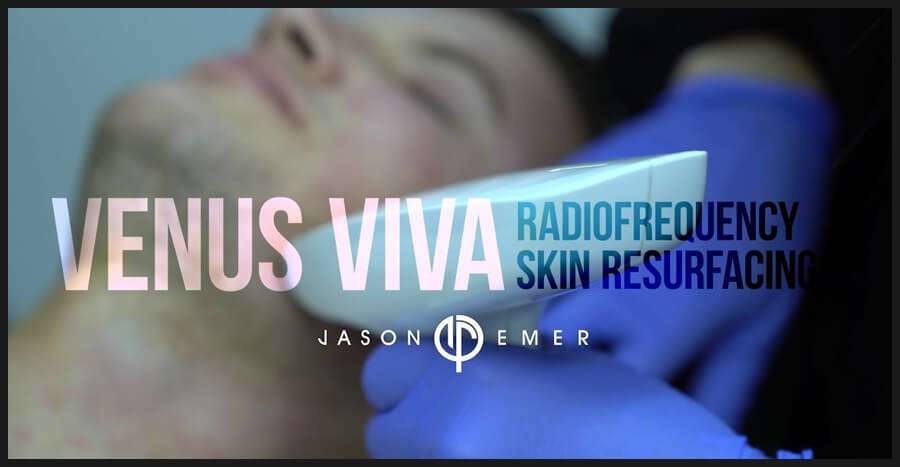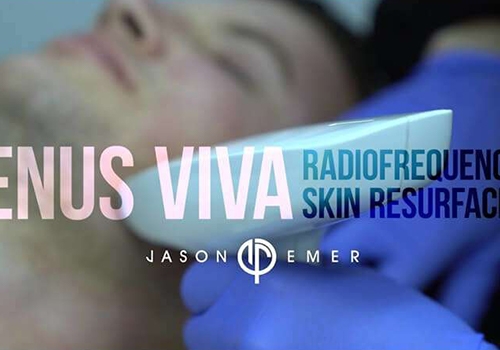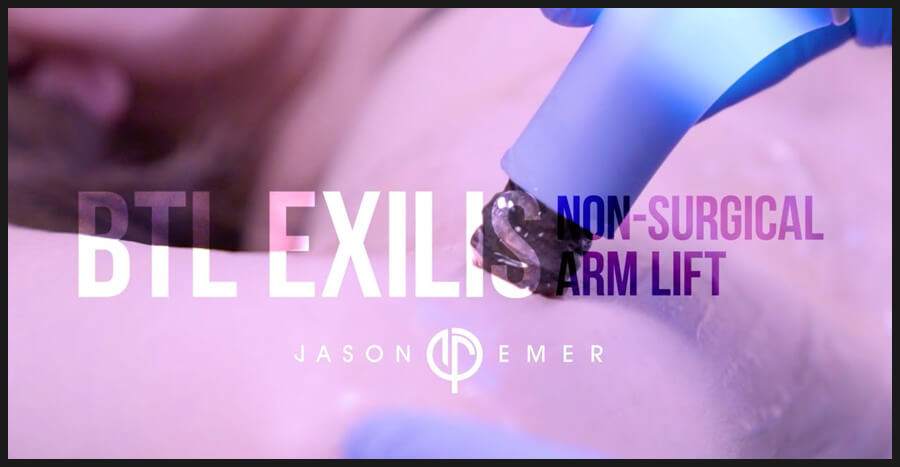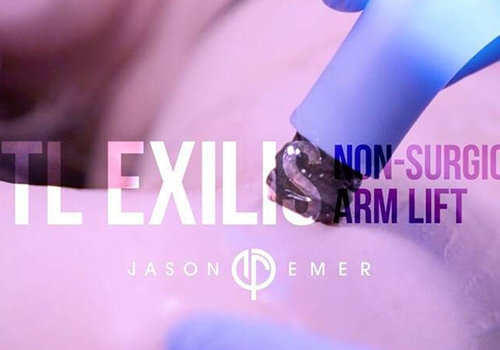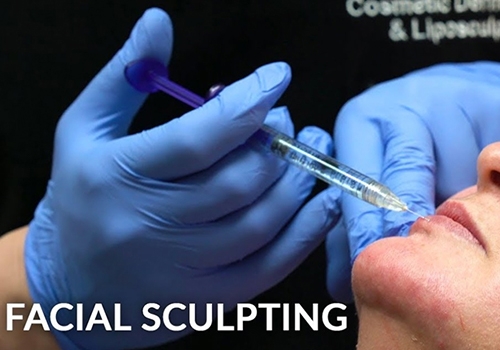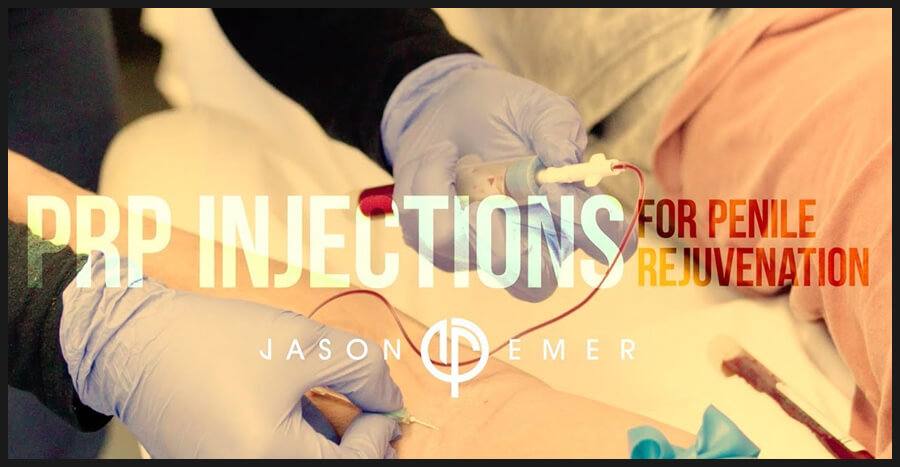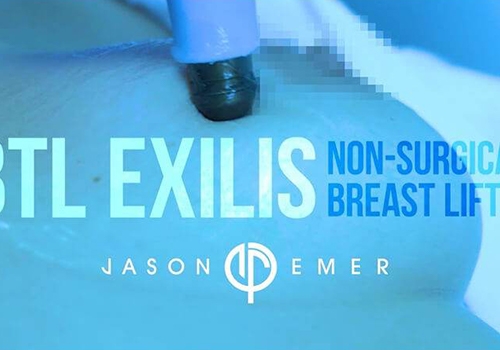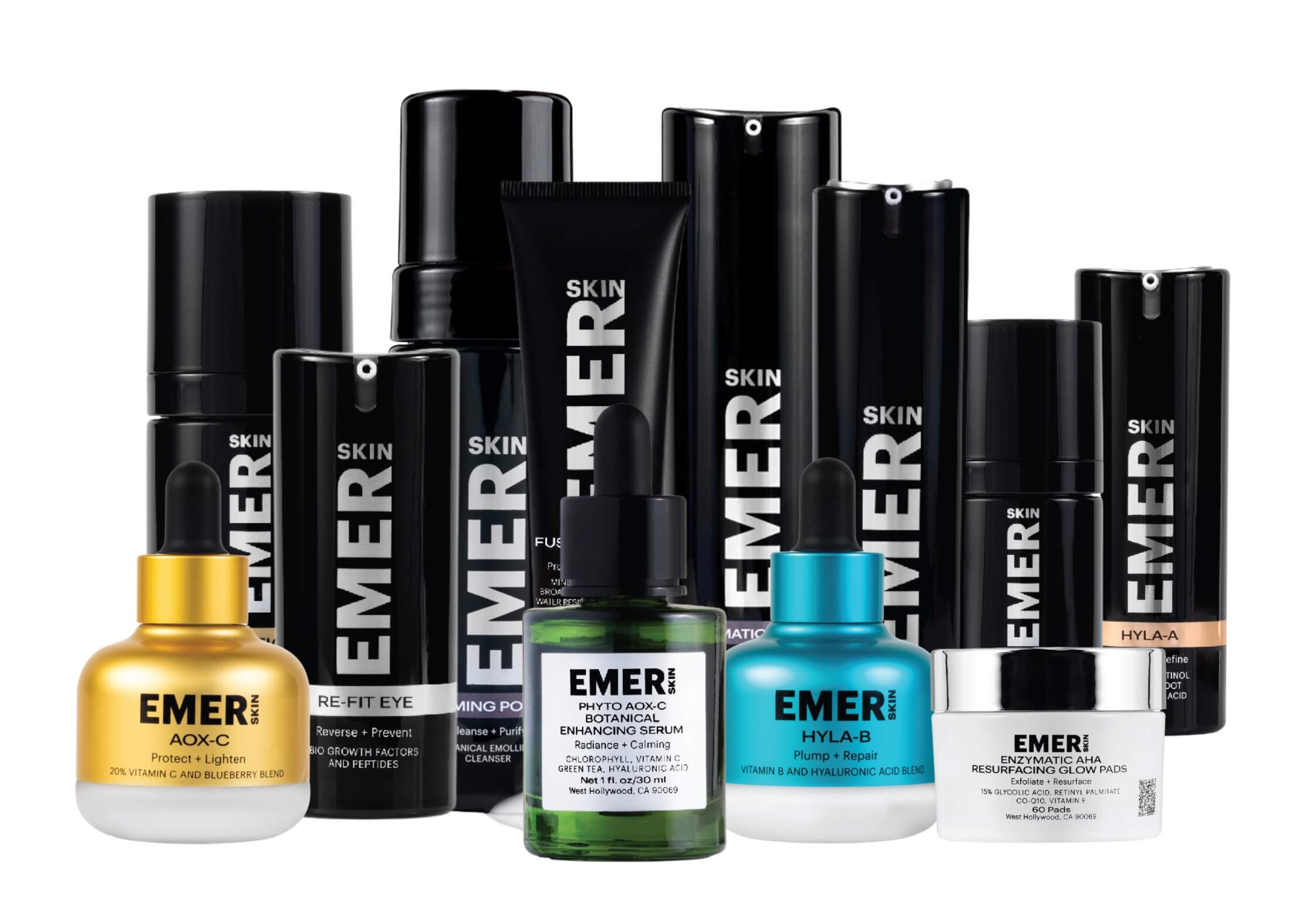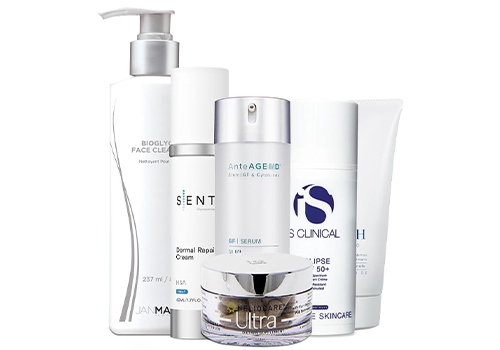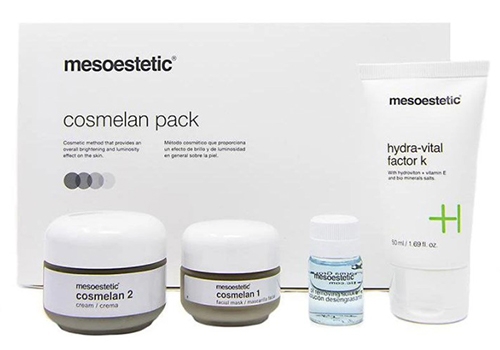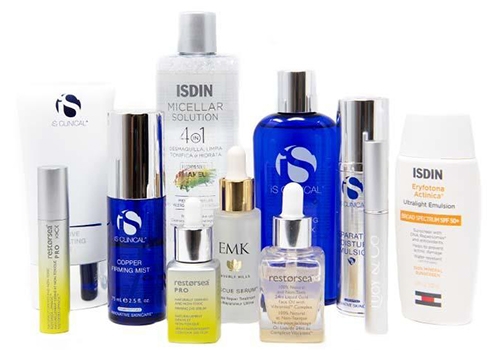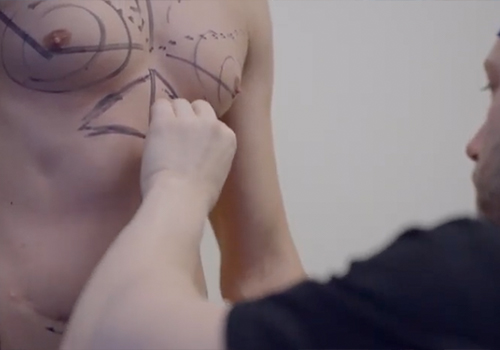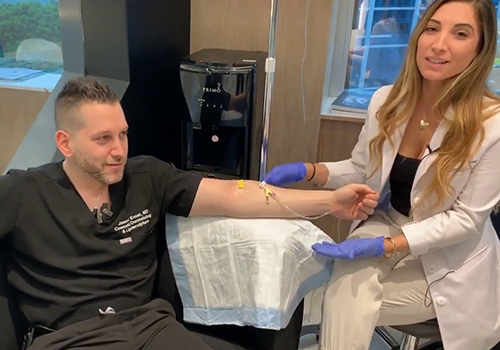Microneedling is a minimally invasive cosmetic procedure that improves various skin concerns by stimulating the body’s natural healing response. Here’s a breakdown:
- Process: A sterile roller or pen with tiny needles creates controlled punctures in the top layer of your skin (epidermis). This controlled injury triggers several beneficial processes:
- Collagen Production Boost: Collagen is a protein that provides structure and elasticity to the skin. As we age, collagen production slows down, leading to wrinkles and sagging. Microneedling stimulates the body to produce more collagen, resulting in firmer, plumper skin.
- Enhanced Blood Flow: The tiny punctures also promote blood flow to the treatment area. This brings essential nutrients and oxygen to the skin cells, further aiding the healing process.
- Improved Product Absorption: Microneedling creates temporary channels in the skin, allowing for deeper penetration of skincare products applied after treatment.
Pros of Microneedling:
- Versatile Treatment: Effective for wrinkles, fine lines, acne scars, stretch marks, enlarged pores, and overall skin texture improvement.
- Natural Collagen Boost: Leads to long-lasting results for firmer, smoother skin.
- Minimally Invasive: Less discomfort compared to other procedures. Numbing cream can be used for additional comfort.
- Safe for Most Skin Types: Can be customized with needle depth and aftercare to suit different needs.
Cons of Microneedling:
- Gradual Results: It may take several weeks to see noticeable improvements as collagen production increases.
- Multiple Sessions Needed: For optimal results, several microneedling sessions are typically recommended, spaced at intervals depending on your skin’s needs.
- Temporary Side Effects: You may experience redness, swelling, and pinpoint bleeding after treatment, which usually resolve within a few days.
- Not for Everyone: People with certain skin conditions or active acne may not be suitable candidates.
Alternatives to Microneedling:
- Laser Treatments: Offer a different approach to collagen stimulation with varying downtime depending on the laser used.
- Chemical Peels: Address specific concerns like acne scars or sun damage, but with varying degrees of exfoliation and downtime.
- Topical Retinoids: Can stimulate collagen production to a lesser extent, but results are gradual and require consistent use.
Recovery after Microneedling:
Microneedling has minimal downtime. You may experience some redness and swelling for 1-3 days, which can be minimized with proper aftercare. Sun protection is crucial after treatment to prevent hyperpigmentation.
Disclaimer: This information is for general knowledge only and does not substitute for professional medical advice. Always consult a licensed dermatologist or esthetician to determine if microneedling is the right option for you and to discuss potential risks and recovery expectations.
